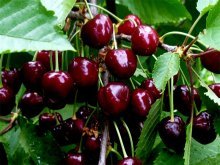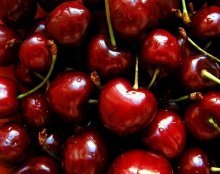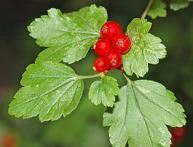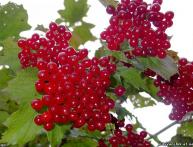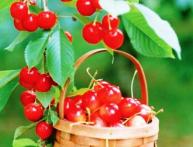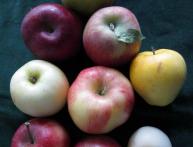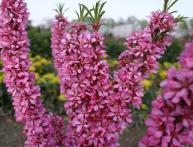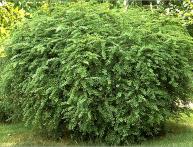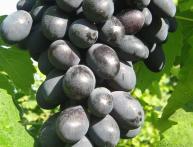Grafting cherries onto cherries, choosing a rootstock, preparing cuttings, methods
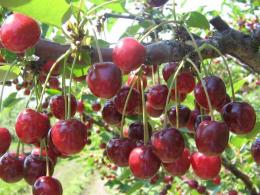
Grafting fruit or ornamental plants is not only important, but also necessary. Using grafting as a method of propagation, you can get the desired plant in any climatic conditions where growing under natural conditions is difficult or even impossible. In amateur gardening, tree grafting can be a fun activity and will help grow heat-loving plants in temperate climates with cold winters. This applies to almost all fruit trees, including varieties cherries. Is it possible to graft sweet cherries onto cherries and how to do it? What do you need to know about the scion and rootstock so that the grafting is successful and the resulting plant is durable?
Content:
- Basic concepts: what is vaccination
- What is a rootstock, scion
- How to choose rootstock for cherries
- Methods for grafting sweet cherries onto cherries
Basic concepts: what is vaccination
Plant grafting is the transplantation or transfer of part of one plant to another. Most often, grafting is carried out on woody forms of plants. After transferring parts of one plant to another, they grow together and form a single plant organism. Plants are grafted in order to:
- propagate plants when other methods are impossible
- reduction of growing time
- increasing resistance in unfavorable climates
- increasing resistance to diseases
- change of size
- improvement of fruiting and its duration
To successfully carry out grafting, you need to know that it requires two or even three suitable plants.
What is a rootstock, scion
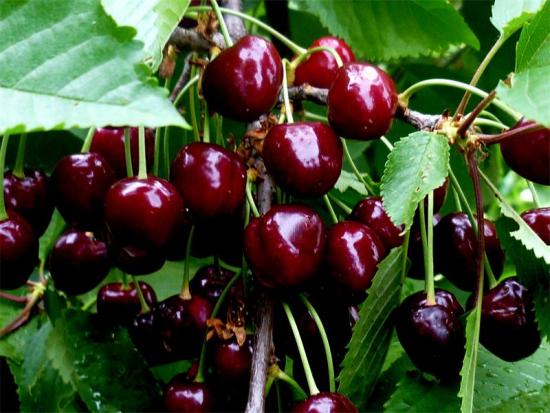
The rootstock is the plant that is underneath and grows on its roots. Young plants are most often used as a rootstock, since their fusion processes are faster and more successful. The rootstock must be adapted to local climatic conditions. It is on the rootstock that a part of another plant, called a scion, will be replanted or transplanted.
The scion is the part of the plant that will be separated and transplanted onto the rootstock. Most often, a scion is used as a scion, that is, a part of a shoot with several buds or a separate one. kidney. In some cases, the scion can be an entire branch.
What else do you need to know about rootstock and scion?
It is important that both parts belong to the same species or are closely related plants. Therefore, before grafting cherries onto another plant, you need to know how compatible the cherries are with the future rootstock.
How to choose rootstock for cherries
Cherry is a species of plant from the genus Plum, family Rosaceae. It has another name - Bird Cherry. Cherry is one of the earliest ripening stone fruit plants. Its harvest is harvested at the end of May, beginning of June. This plant grows on its roots in southern Europe, including southern Russia, the Caucasus, Asia and northern Africa. Sweet cherries are the oldest type of cherry and are widely cultivated.
In conditions with cold winters, growing varietal cherries on their own roots is either difficult or completely impossible.
This is primarily due to the early awakening of flower buds, when there is still a threat of severe frosts.Therefore, she needs to choose a rootstock that will primarily increase winter hardiness cherries. To do this, you need to reduce the size of the tree, perhaps even get dwarf plants with flexible branches or creeping forms. This will cover the plant for the winter.
The following cherries can be used as a rootstock for cherries:
- Antipka or Magalebka cherries. The advantage is frost resistance and ease of growing from seed. As a disadvantage - poor compatibility with cherry varieties of foreign selection
- VSL - 2, a domestic hybrid of Lannesian cherry with steppe cherry, is one of the best dwarf rootstocks for sweet cherries. Compatible with all varieties, the plant begins to bear fruit in the second or third year. The height grows half as much as when grafted onto wild cherries or antipka cherries. Productive cultivation of cherries on the VSL - 2 rootstock lasts 18 - 20 years. In this case, the plant becomes resistant to bacterial canker and is not affected by beetleworm larvae, due to the content of alkalose in the roots.
- cherry varieties Vladimirsky, Lyubskaya, Griot
Video with the result of grafting cherries onto cherries:
In addition, there are specially bred series of cherry hybrid rootstocks for varietal cherries, such as Piku, Gisella, Colt. In addition to the correct selection of cherry rootstock, for successful grafting it is important to correctly prepare the grafting material and graft it onto the rootstock. Preparing cuttings for grafting and the best ways to graft cherries onto cherries. The best time for harvesting cherry cuttings is the onset of winter and the establishment of negative temperatures at the level of - 10 degrees.
Annuals are suitable for cuttings shoots, well lignified. The optimal cutting length is 35 - 40 cm.
It is better not to harvest cuttings with a diameter of less than 5 mm. Shoots 6 -7 cm mm are also not suitable for cuttings. The cutting must have both an apical growth bud and lateral leaf buds. The cuttings are tied into bundles and stored in a moist substrate in a cool, dry place. Sawdust, peat, sand are suitable for storage. It is important to prevent drying out and periodically moisten the boxes with cuttings. You can also keep cherry petioles in the refrigerator. To do this, they are wrapped in damp textiles, placed in a bag and sent to the bottom shelf of the refrigerator.
The storage method is also used in a snowdrift, when prepared cuttings are buried in the snow for the winter. As a last resort, you can do without taking cuttings, and by cutting the cuttings in the spring before the sap begins to flow, you can immediately transfer them to the rootstock. But this method is less reliable and the grafted plant requires increased attention and care.
Methods for grafting sweet cherries onto cherries
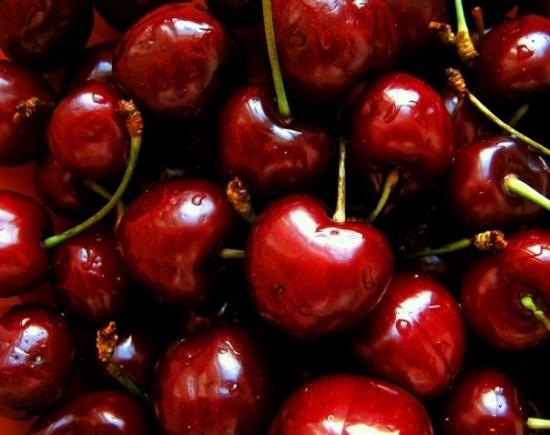
Spring vaccinations
In spring, it is better to plant cherries in the following ways:
- T-shaped budding, when a shield with a kidney is inserted into a T-shaped incision
- copulation, when the diameters of the scion and rootstock coincide, oblique cuts of the cutting and rootstock are connected, it is best to use improved copulation, when additional cuts are made to form a tongue
Summer vaccinations
The time for summer grafting of cherries onto cherries is July and August. They use the budding method. You can cut off two eyes and insert them behind the bark on both sides. It is important to complete summer cherry grafting 50 days before the onset of frost. In most regions this is mid-August. You can also use the method of grafting into a split, into a side cut or behind the bark, when the scion and rootstock have different diameters.
Plant care after grafting
During the entire period, the grafting site needs to be protected from prolonged direct sunlight. The plant itself must be watered regularly, weeds and shoots must be removed from the tree trunk. Cherry - berry early, tasty and very healthy, so it’s worth spending some effort and trying to plant it in your garden on a suitable cherry tree.
Interesting information about the vegetable garden

